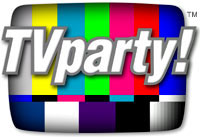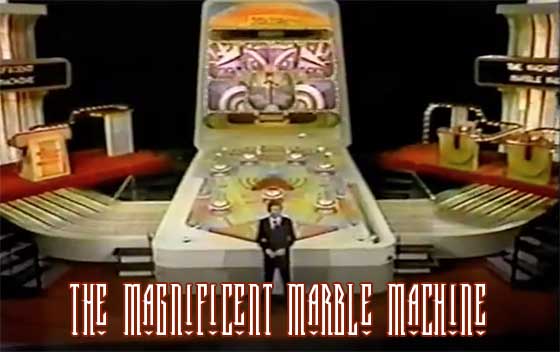
 |
||||
|
by Billy Ingram
For added attraction, manufacturers based games on celebrities, fanciful concepts, and movies like Wizard, one of the most popular pinball games released by Bally in 1975, based on the film 'Tommy' starring Roger Daltry (from the rock band The Who). The back glass graphics on the table featured images of Daltry and his co-star Ann Margret. Captain Fantastic, Elton John's alter ego for the album 'Captain Fantastic and the Brown Dirt Cowboy', contained a cover of The Who's 'Pinball Wizard,' was amazingly popular as was the KISS themed player interface. Pinball themes based on Vegas-style games of chance that aficionados will remember from the 1970s include Wild Card, Lucky Hand, 4 Square, Royal Flush, and Gold Strike.
Why didn't they just call it 'Pinball!'? Produced by Merrill Heatter (Hollywood Squares, Gambit) and Bob Quigley, Art James ('The Who, What, or Where Game') was the host with Johnny Gilbert as the announcer.
It was a very exciting half-hour, at least for this teenager on summer break. Problem was, that darn machine kept breaking down, easily causing hours of delays and lots of extra editing time to create a cohesive program that was entertaining but also fit standards and practices put in place following the quiz show scandals of the 1950s (edits were generally a no-no). If a team reached a target score after playing two balls (originally 15,000 points), out came the 'gold money ball' which earned $200 for each noisemaker and bumper. At some point in the series run the money ball increased to $500 for each bumper hit. After ten weeks the money ball play was dropped from the game. In early 1976, with disappointing ratings, the show went on a 2-week hiatus to undergo a format change. Now two teams of two celebrities went head to head answering questions. When it came time for the pinball game, a contestant was selected from the studio audience to play alongside one of the winning celebrities. The Magnificent Marble Machine had tremendous potential but, between the technological difficulties and the show being not at all interesting unless the pinball machine was in play for those very few minutes, it didn't stand a chance. Not to mention the horrible circusy theme music in the opening. The last first-run episode aired March 12 with repeats airing until June 11.
|
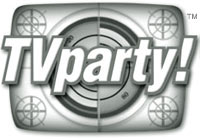 The Magnificent Marble Machine
A brief clip from The Magnificent Marble Machine was seen in the 1979 film 'The China Syndrome' before the 'network' cut away for an emergency announcement.
|
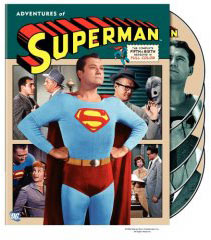 |
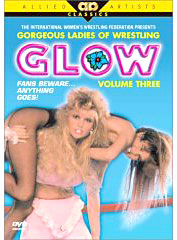 |
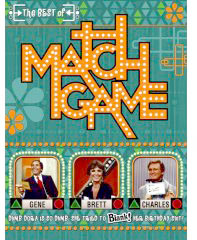 |
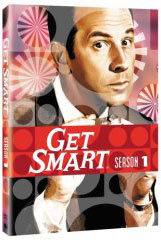 |
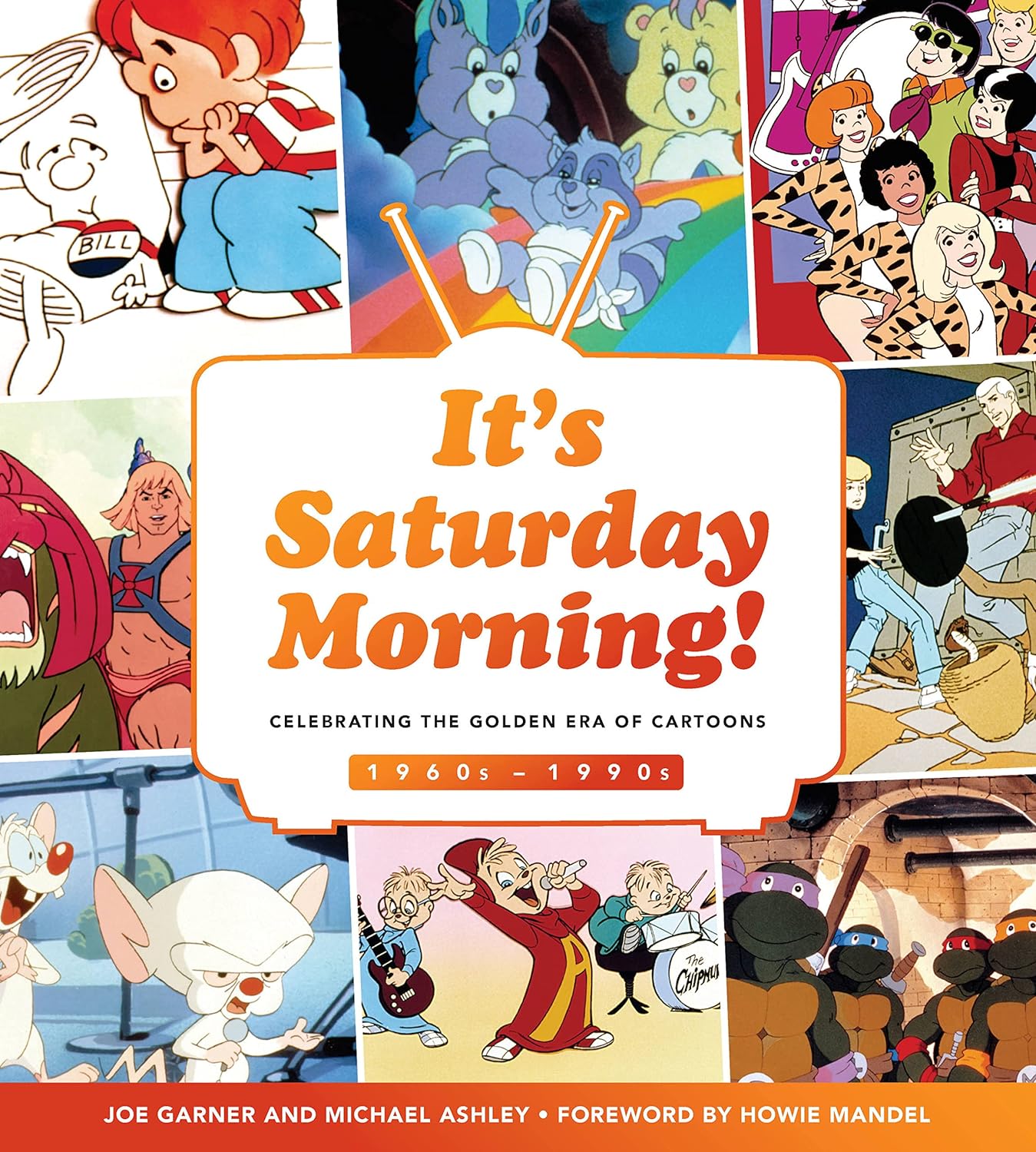 |
